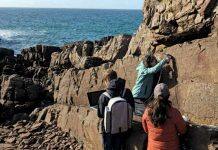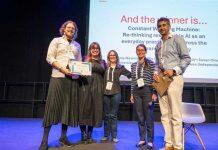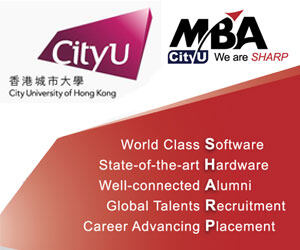Students in 2.008 (Design and Manufacturing II) learn about manufacturing processes for everyday products, and work in teams to design their own yo-yos.
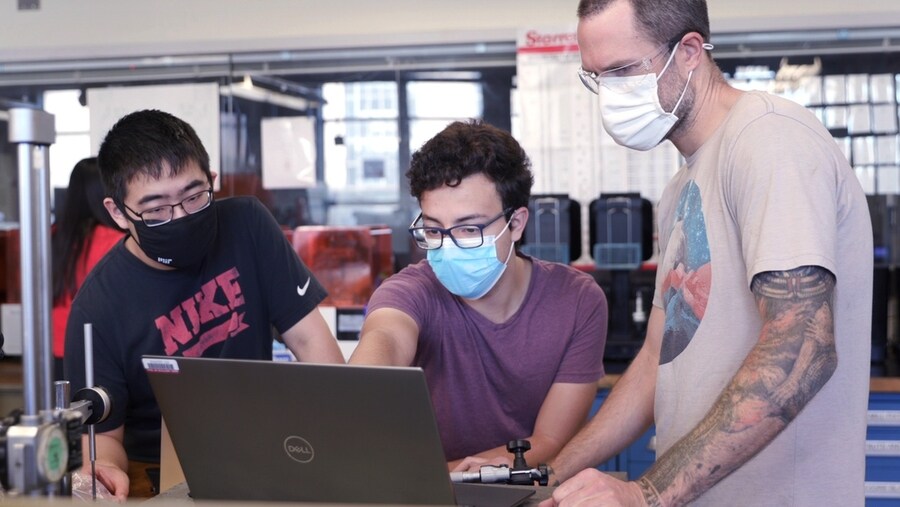

Each semester, the machine shop in MIT’s Laboratory for Manufacturing and Productivity churns out hundreds of yo-yos. The yo-yos come in all shapes and sizes. They often have a theme – this past semester there were beach-themed yo-yos adorned with sharks and starfish, as well as a Star Wars-themed yo-yos, complete with rotating lightsabers.
These yo-yos are the creation of mechanical engineering students in class 2.008 (Design and Manufacturing II). In the class, students learn about the manufacturing processes used for everyday products ranging from toys to cars to smartphones. For their main project, each student works in a team to design a unique yo-yo and produce at least 50 units. They apply the theory and principles they’ve learned throughout the semester, and use the same processes that would be found in factories that make real products. The project has earned 2.008 the unofficial moniker of “the yo-yo class.”
While a yo-yo might seem like an unusual choice for an engineering class, according to John Hart, professor of mechanical engineering and an instructor of 2.008, yo-yos offer a perfect case study for students’ first foray into making a product at scale.
“The yo-yo is a great manufacturing project because it offers students creative freedom while also being simple enough to successfully manufacture within a single semester, and to do so in a quantity that makes you feel like you are in a factory,” Hart says.
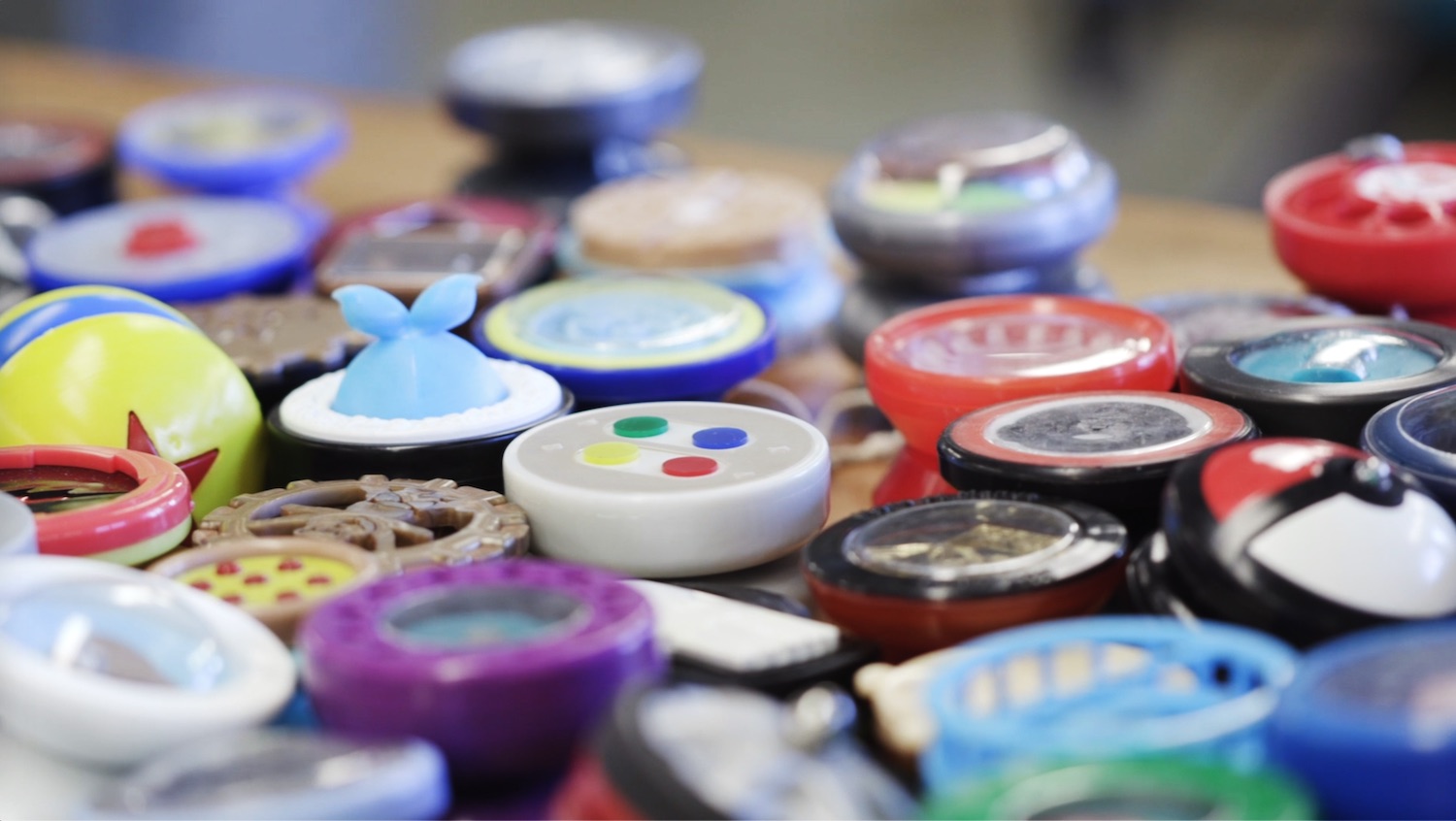

The course builds upon mechanical engineering classes like 2.007 (Design and Manufacturing I) in which students get a hands-on experience building a single product. In 2.008, students learn how to design a product that could be manufactured by the millions.
“When students enter this class, they can make one of something but they don’t realize yet what changes when you have to make hundreds of millions of an object,” says Dawn Wendell ’04, SM ’06, PhD ’11 senior lecturer and an instructor of 2.008. “This class is really giving students that ability to create something that can be sold at volume.”
To give students a comprehensive introduction to manufacturing, the teaching staff has developed an educational model that maximizes hands-on experiences in the lab and sets students up for success as they embark on their yo-yo projects.
A flipped classroom
Every week, students are introduced to a common manufacturing process such as machining, injection molding, sheet metal forming, or 3D printing. Rather than give lectures on these topics, several years ago the teaching staff launched a flipped classroom model.
Before each class, students are asked to watch a prerecorded lecture that will introduce the material to be covered that week as homework. During class time, students are tasked with a hands-on challenge as teaching staff circulate the room to answer questions and assist.
“It’s been a really wonderful change to how we teach the class because now, instead of just standing in front of the classroom and talking at students, we are answering their questions and having conversations with them as they take things apart,” says Wendell.
Many of the activities students participate in during class time are what’s known as “tear downs.” Students disassemble everyday objects like hair dryers or toy cars, making observations about the manufacturing techniques that were used to produce and assemble the components of each product. The object chosen reflects the particular manufacturing process being covered that week.
The 2.008 teaching team has added a new element to this flipped classroom model: a virtual/augmented reality app that allows students to choose an object, such as an Amazon Fire tablet, manipulate it, dissemble it, and experience what it might be like to “tear down” the product in their own hands. A team led by lecturer John Liu developed the app.
This pedagogical approach helped 2.008 transition to a hybrid model in the fall 2020 semester, with some students on campus for the hands-on components and some students taking the class entirely remotely due to the pandemic.
“We’re trying to use this opportunity to look to the future of interactive learning. How do we not only teach our students on campus and our students who are remote, but how do we teach manufacturing to the world?” says Hart.
Sustainable manufacturing
As students prepare to apply what they’ve learned in the course to the design and production of their own yo-yos, instructors stress the importance of four core principles in manufacturing: rate, cost, quality, and flexibility. There is now a fifth principle that permeates their class discussions: sustainability.
Manufacturing across the globe has massive carbon footprint. Throughout 2.008, instructors stress the importance of sustainability in manufacturing processes.
“The class really forces you to think about the potential for improving sustainability in these manufacturing techniques that have been used for many years but are now ripe for innovation to address global issues like climate change,” says Gabrielle Enns, a senior studying mechanical engineering.
This emphasis on the need for improving the impact manufacturing has on the world was also a key takeaway for Jiaheng Zhang, also a senior studying mechanical engineering.
“As mechanical engineers, when we make things we always have to keep in mind that they are going to have a life cycle. They’ll be used and then thrown away,” says Zhang. “That life cycle can have large impacts on sustainability if we make products by the tens of millions. The multiplicative impact of manufacturing is what I’ve really learned from this class.”
A new perspective
In addition to a deeper understanding of the interplay between manufacturing and the health of the planet, students emerge from the class with a new perspective on the objects they use in their daily lives.
“Taking 2.008 has revealed a hidden world that I had never really noticed before. I now take the time to stop and look at objects I use in my daily life to think about how it was produced,” says Enns.
By the end of the semester, students are also able to identify which manufacturing techniques were used in the objects they interact with.
“This class changed the way I look at everything. If I look at a coffee cup lid now, I’ll think ‘Oh, that lid is thermoformed,’ or ‘That object was made with injection molding,’” says Zhang.
In addition to changing how students see the world, Hart hopes that the experience of designing and manufacturing yo-yos in the class will better prepare students for their careers.
“While only some of our students will pursue careers in manufacturing, many more will interface with factories and supply chains, and will need to communicate what’s necessary to produce a product at scale,” Hart says. “If you have the experience of actually manufacturing something yourself, you can be more effective and innovative in designing the products of the future.”


















